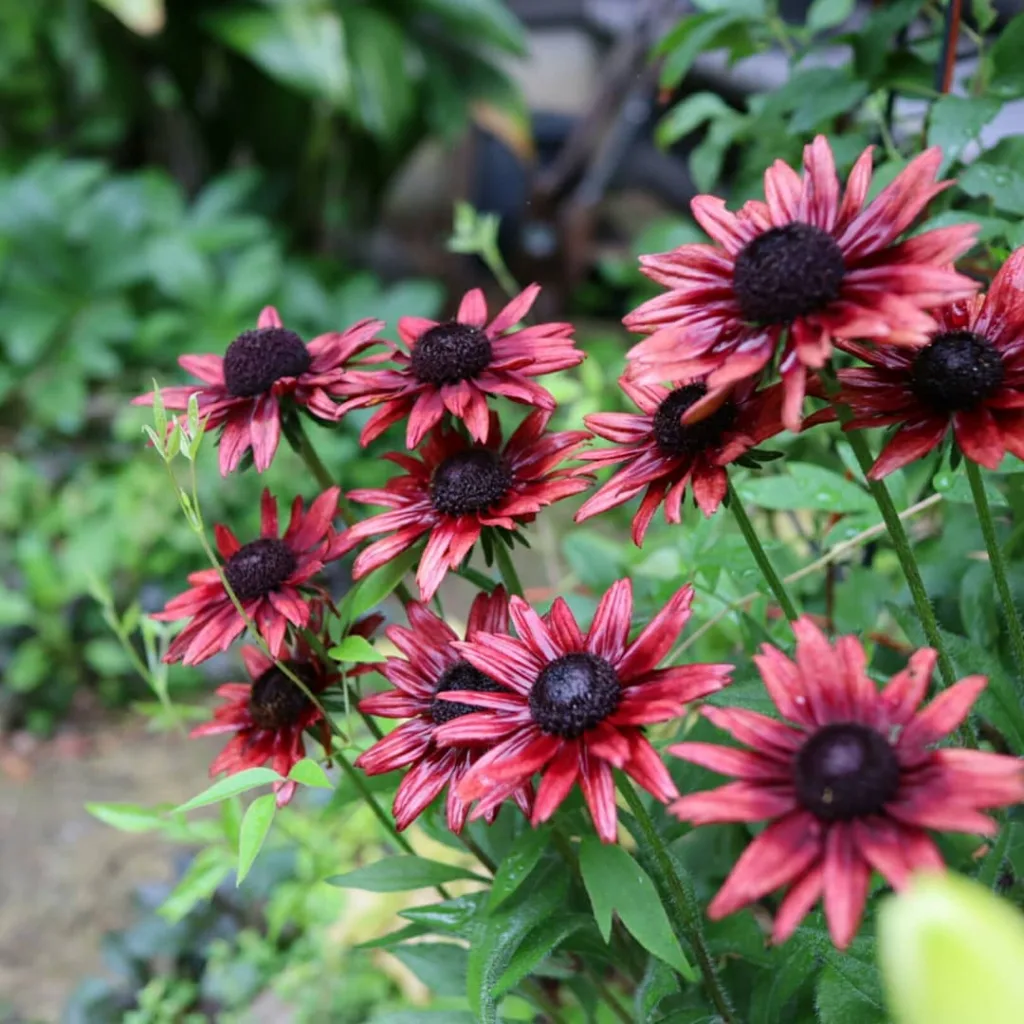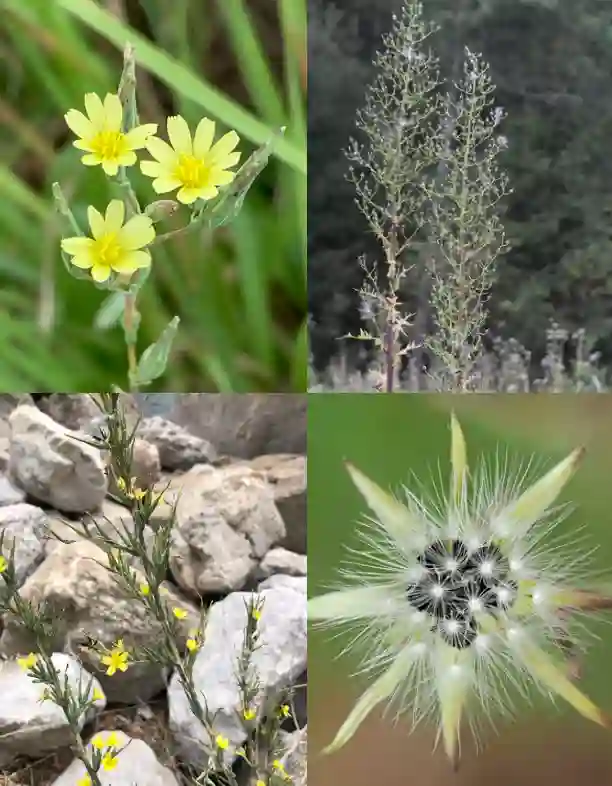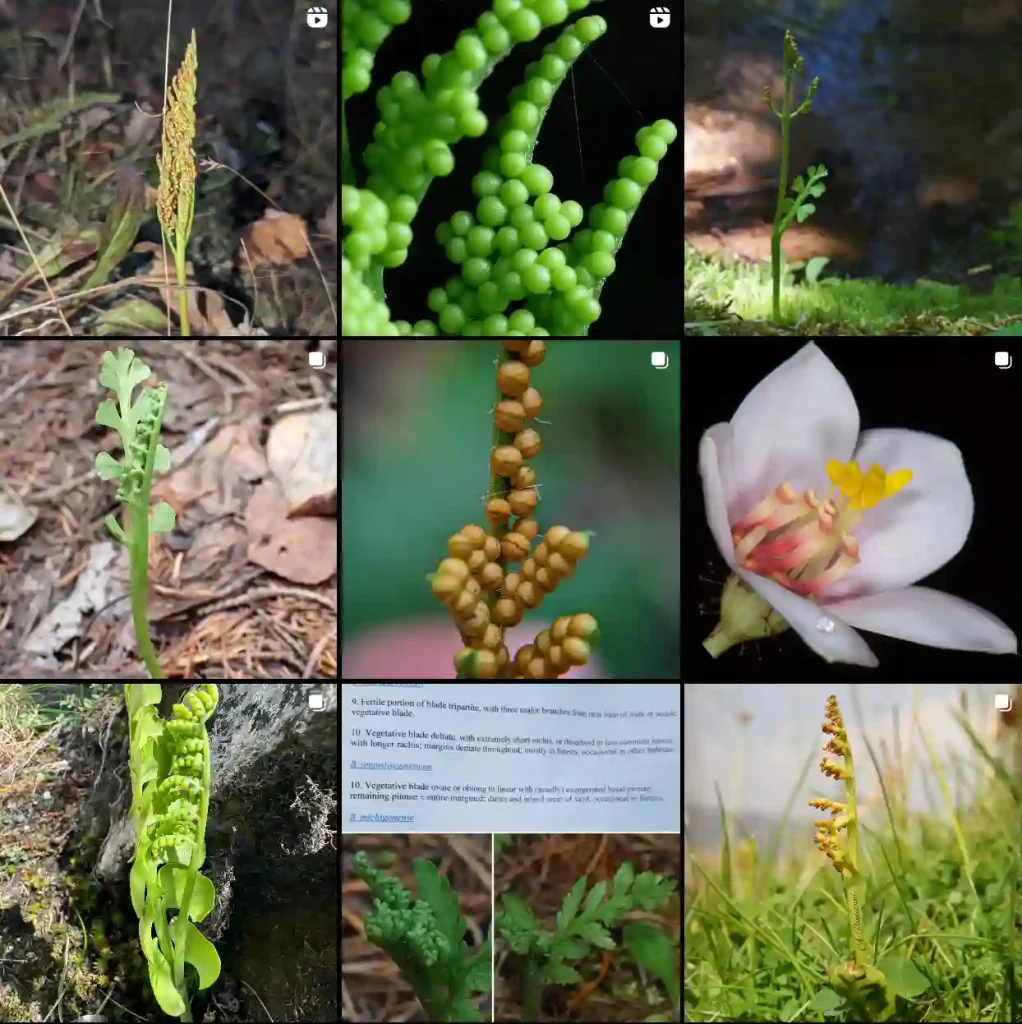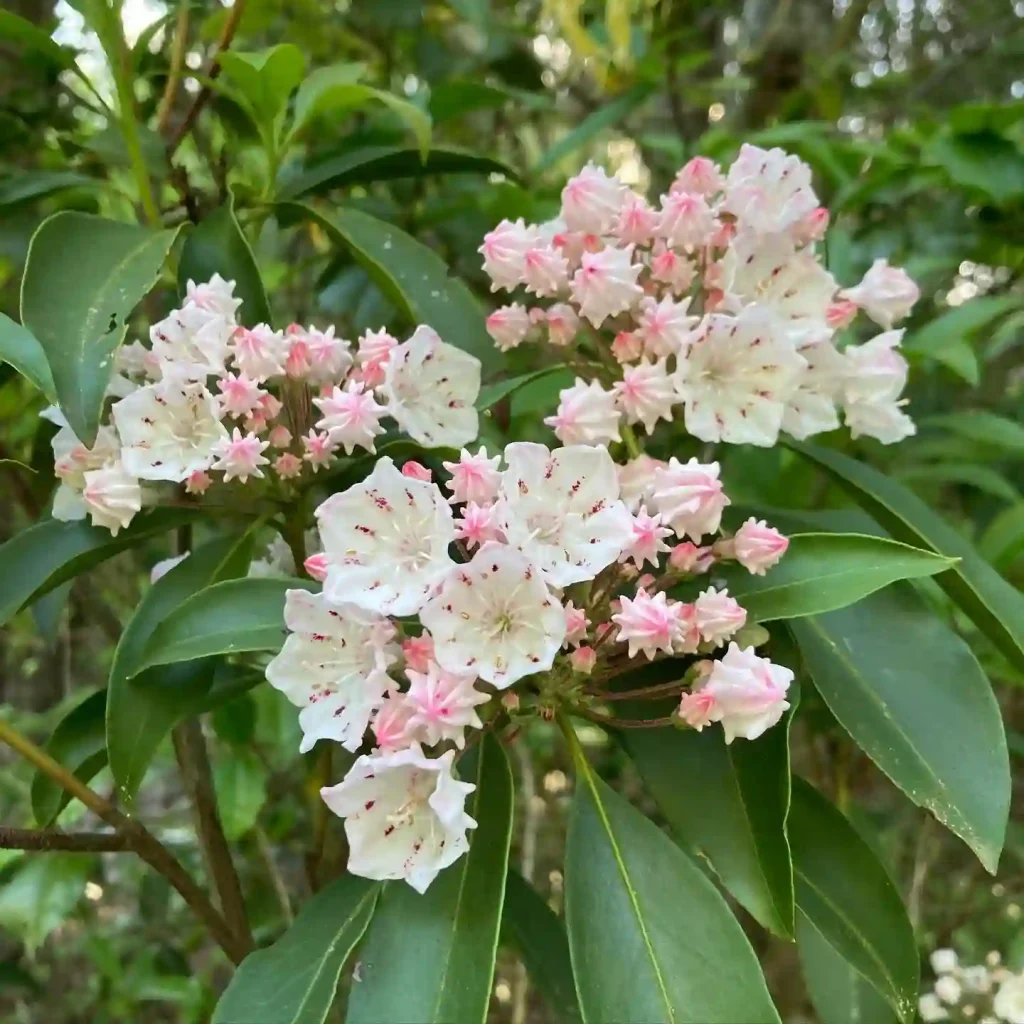
1424 Species in Genus Peperomia
How to care for Cupid Peperomia?
The Cupid Peperomia, also known as Peperomia scandens variegata, is a popular indoor plant known for its beautiful heart-shaped leaves and low-maintenance needs. Here’s a guide on how to care for it:
Light:
- Cupid Peperomia prefers bright, indirect sunlight. Avoid harsh afternoon sun, especially in hot climates. Direct sunlight can scorch the leaves and cause them to lose their variegation.
- If the leaves start to lose their vibrancy or curl, it might be receiving too much light. You can try moving it further away from a window or filtering the incoming light with a sheer curtain.
- On the other hand, if the plant stretches leggy with spaced-out leaves, it might not be getting enough light.
Watering:
- Water your Cupid Peperomia when the top inch of soil feels dry to the touch. These plants prefer to dry out slightly between waterings, Overwatering is a major threat to this plant, as it can lead to root rot.
- Err on the side of underwatering rather than overwatering.
- You can stick your finger into the soil to check for moisture.
Soil:
- Use a well-draining potting mix. A common recommendation is a general purpose potting mix with added perlite or orchid bark for extra drainage.
- Poor drainage can lead to root rot.
Humidity:
- While Cupid Peperomia doesn’t necessarily require high humidity levels, it can appreciate occasional misting, especially during dry winter months or in drier climates.
- You can also group your Peperomia with other humidity-loving plants to create a more humid microclimate.
Temperature:
- These plants thrive in average room temperatures between 65-75°F (18-24°C). Protect them from cold drafts and avoid placing them near air conditioners or heaters.
Fertilizing:
- Cupid Peperomia is not a heavy feeder. You can fertilize it monthly during spring and summer with a diluted, balanced fertilizer. Avoid over-fertilizing, as it can damage the plant. Opt for a half-strength solution compared to what the fertilizer recommends.
- You can skip fertilizing altogether during fall and winter.
Repotting:
- Repot your Cupid Peperomia every 1-2 years or when the roots outgrow the pot. Choose a pot that’s only slightly larger than the current one.
Pruning:
- Pruning is not essential, but you can trim back leggy stems to maintain a bushier shape or encourage new growth. You can also pinch off any unwanted leaves. Use sharp shears and prune during spring or summer.
Additional Tips:
- Wipe down the leaves occasionally with a damp cloth to remove dust and improve their appearance.
- Watch for common houseplant pests like mealybugs or scale insects. You can treat them with insecticidal soap or neem oil if spotted.
How to propagate Cupid Peperomia?
When I propagate my Cupid Peperomia, I usually go for the stem cutting method. I snip a healthy stem just below a node and remove the lower leaves. Then, I let the cutting dry out for a day to form a callus. After that, I place it in water or directly into moist, well-draining soil. If I use water, I wait until roots develop before transferring it to soil. Keeping the cutting in a warm, bright spot but out of direct sunlight helps it root successfully. I find this method quite rewarding because I get to watch new roots and leaves grow.
Is Cupid Peperomia toxic to cats?
I’ve learned that Cupid Peperomia is non-toxic to cats, which is a huge relief for me since I have a curious feline friend at home. Knowing that my cat can safely interact with the plant without any risk of poisoning makes it easier to relax and enjoy having houseplants. It’s one less worry on my mind, and I appreciate that I can keep my home green and cat-friendly at the same time.
If i die, water my plants!



